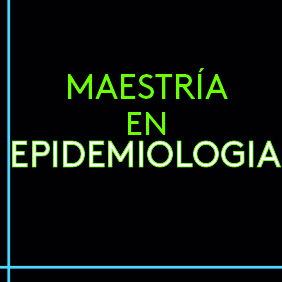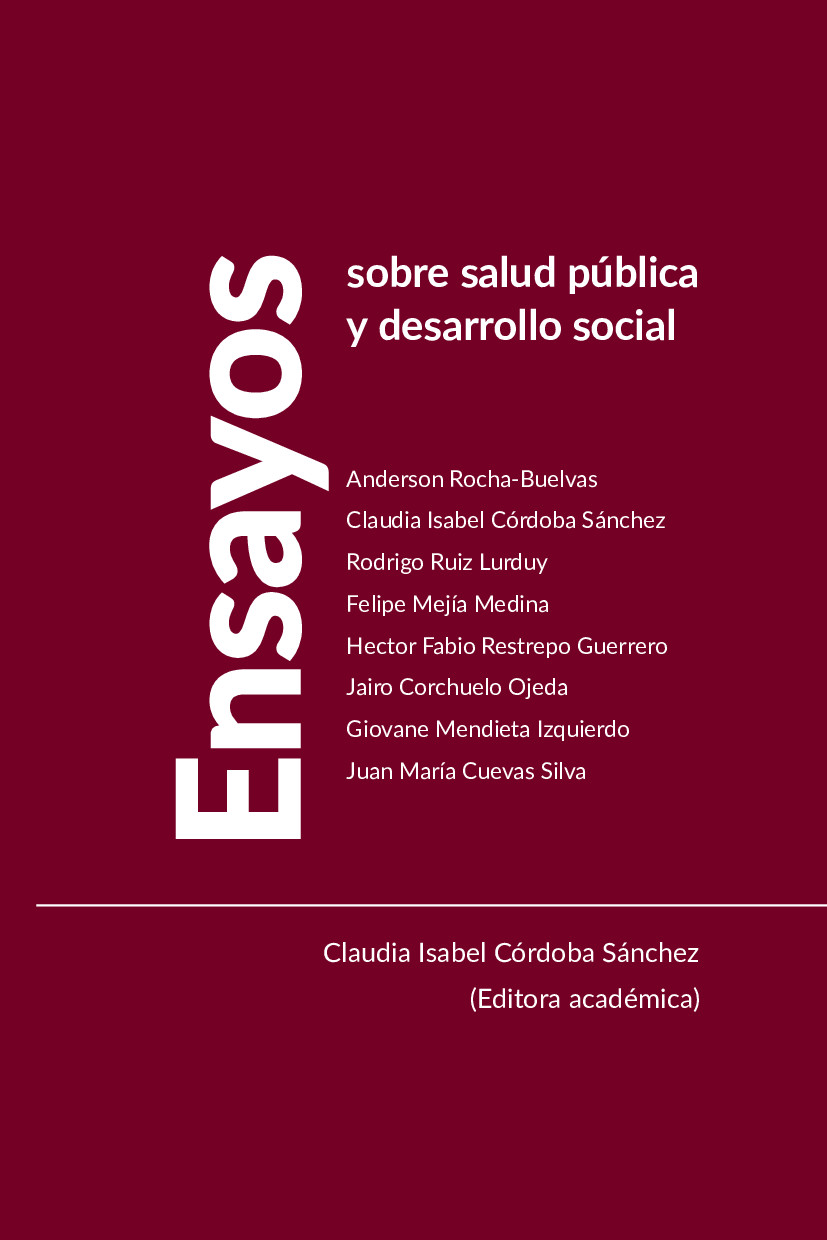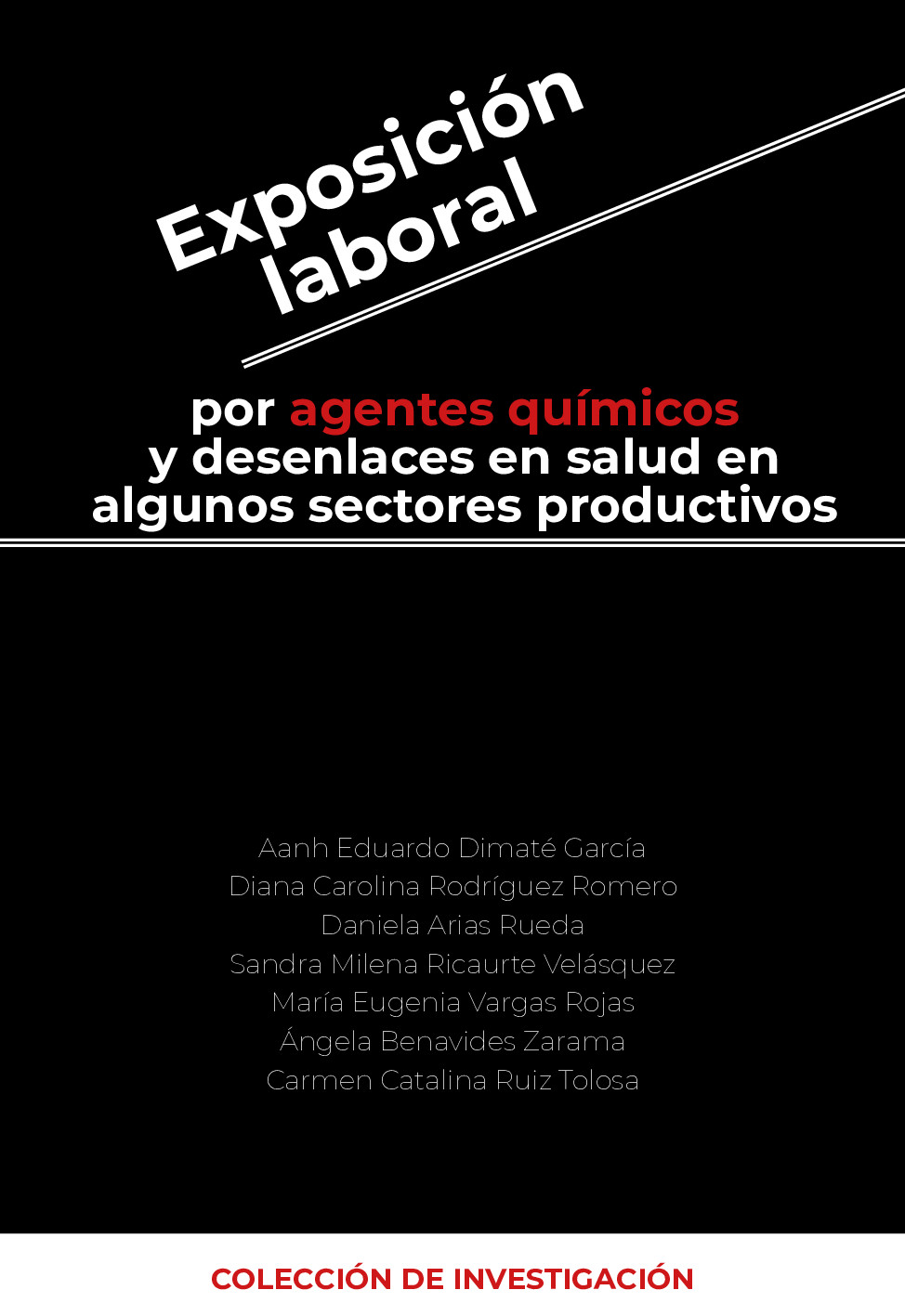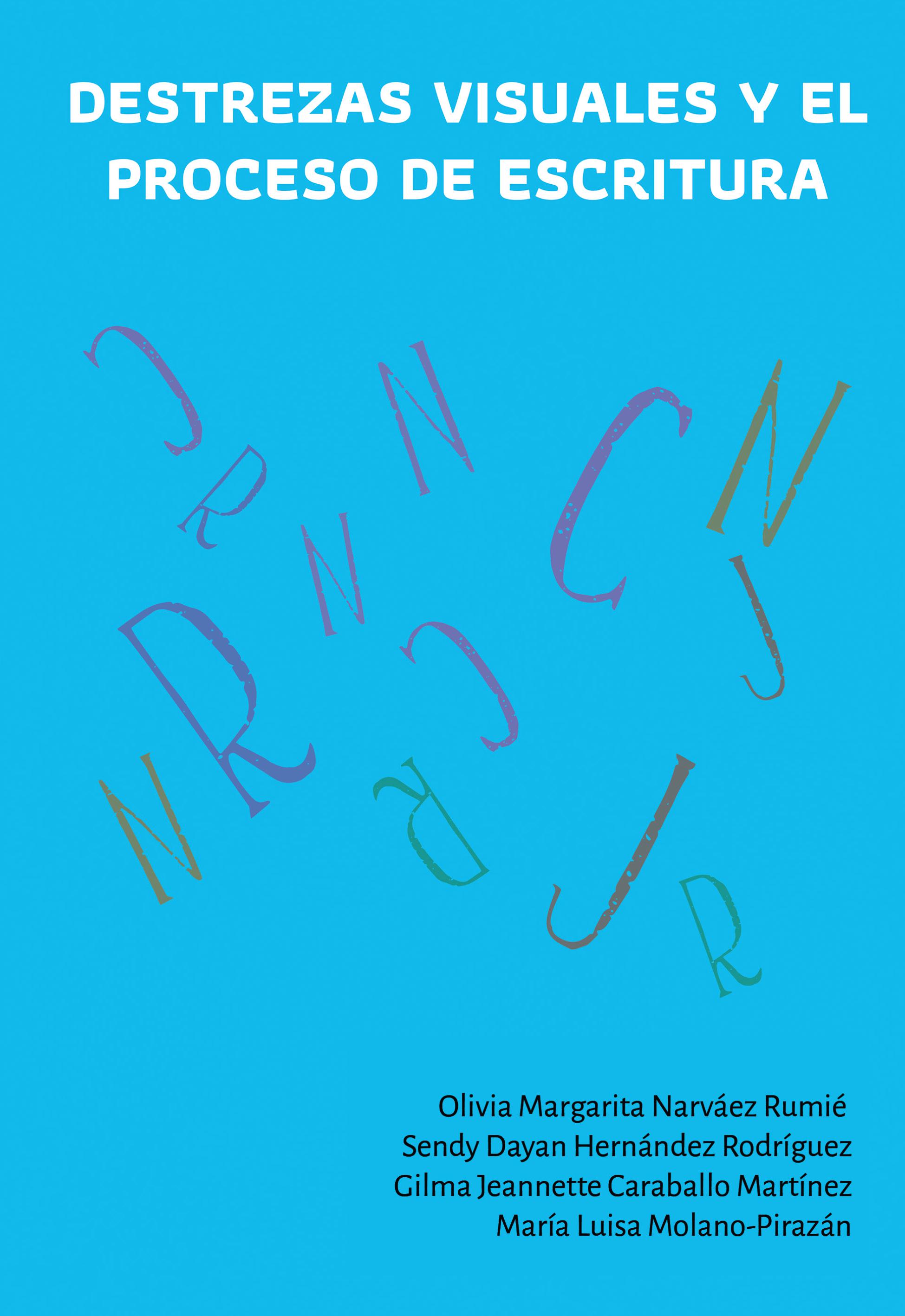Abstract
Objective: to evaluate the usefulness of perineal Biofeedback in pelvic floor dysfunction.
Results: the rehabilitation of the pelvic floor muscles with biofeedback techniques, conservative treatment is most commonly used for women with symptoms of urinary incontinence or pelvic floor prolapse. Biofeedback helps the successful completion of the exercises, and is especially useful in patients who have difficulty in locating the perineal musculature.
Conclusions: in the biofeedback of pelvic floor muscle exercises are performed assisted by a team that translates muscle contraction in a graphic, sound or signal both to the patient and physiotherapist perceive their work. The introduction of biofeedback in perineal rehabilitation techniques have improved outcomes, still today, the most effective in the perineal recovery technique.
Licence
Authors should declare no conflicts of interest either for reasons of financing the project which is the result of the article; as well as intellectuals, academics, moral and investigative reasons.
The Journal of Andean Research is home to the ethical rules for publications issued by the COPE: http://publicationethics.org/resources/code-conduct
References
2 Braekken IH, Majida M, Engh ME, Bø K. Test-retest reliability of pelvic floor muscle contraction measured by 4D ultrasound. Neurourol Urodyn 2009 January; 28(1):68- 73. http://dx.doi.org/10.1002/nau.20618
3 Serra L. Fisioterapia perineal. En: Tratado de reeducación urogineproctológica. Salinas J, Rapáriz M. 263-292. Gráficas Santer SL. Madrid, 1997.
4 Riera C, Avellanet M. Técnicas de rehabilitación integrada en el tratamiento de la incontinencia urinaria. En: Tratado de reducación en uroginecología. Salinas J, Rapaiz M (eds.). Gran Canaria: 1997; 339- 352.
5 Olsen AL, Smith VJ, Bergstrom JO, Colling JC, Clark AL. Epidemiology of surgically managed pelvic organ prolapse and urinary incontinence. Obstet Gynecol. 1997; 89:501- 6. http://dx.doi.org/10.1016/S0029-7844(97)00058-6
6 Management of urinary incontinence in women: scientific review. Holroyd-Leduc JM, Straus SE. JAMA 2004.
7 Virseda M, Salinas J, Martín C. Metaanálisis de la eficacia de la rehabilitación perineal para el tratamiento de la incontinencia urinaria de esfuerzo femenina. Arch Esp Urol 2002; 55:937-42.
8 Kamm MA. Faecal incontinence. BMJ 1998; 316:528-32. http://dx.doi.org/10.1136/bmj.316.7130.528
9 Brubaker L, Handa VL, Bradley CS, Connolly A, Moalli P, Brow MB, et al. Sexual function 6 months after first delivery. Obstet Gynecol 2008 May; 111(5):1040-4. http://dx.doi.org/10.1097/AOG.0b013e318169cdee
10 Zanetti MR, Castro R de A, Rotta AL, Santos PD, Sartori M, Girao MJ. Impact of supervised physiotherapi pelvic floor exercise for treaning female stress urinary incontinence. Sao Paulo Med J 2007; 125:265-9. http://dx.doi.org/10.1590/S1516-31802007000500003
11 Morkved S, Bo K. The effect of postpartum pelvic floor muscle exercise in the prevention and treatment of urinary incontinence. Int Urogynecol J Pelvic Floor Dysfunct 1997;8(4):217-22. http://dx.doi.org/10.1007/BF02765817
12 Snoks S, et al. Risks factors in childbirth causing damge to the pelvic floor innervation. Int J Colorectal Dis 1986; 1:20. http://dx.doi.org/10.1007/BF01648831
13 BulletinAP. Episiotomy. Clinical management Guidelines for Obstetrician-Gynecologist. Number 71 2007; 107:957.
14 Handa V, Danielsen BH, Gilbert WM, et al. Obstetrics anal lacerations. Int J Urogynecol J Pelvic Floor Dysfunct 2001; 98:225.
15 Fitzpatrick M, O'Herlihy C. The effects of labour and delivery on the pelvic floor. Best Pract Res Clin Obstet Gynaecol 2001 February; 15(1):63-79. http://dx.doi.org/10.1053/beog.2000.0149
16 Örnö AK, Marsál K, Herbst A. Ultrasonographic anatomy of perineal structures during pregnancy and immediately following obstetric injury. Ultrasound Obstet Gynecol 2008 September; 32(4):527-34. http://dx.doi.org/10.1002/uog.6122
17 Barbosa AMP, Carvalho LR, Martins AMVC, Calderon IMP, Rudge MVC. Efeito da via de parto sobre a força muscular do assoalho pélvico. Rev Bras Ginecol Obstet 2005 novembro; 27(11):677-82. 12. Menta SS, Schirmer J. Relação entre a pressão muscular perineal no puerpério e o tipo de parto. Rev Bras Ginecol Obstet 2006 setembro; 28(9):523-9.
18 Oliveira C, Lopes MAB, Longo e Pereira LCL, Zugaib M. Effects of pelvic floor muscle training during pregnancy. Clinics 2007 JulyAugust; 62(4):439-46.
19 Snooks S, et al. Injury to innervation of pelvic floor sphincter musculature in childbirth. Lancet 1984; 2:546. http://dx.doi.org/10.1016/S0140-6736(84)90766-9
20 Slieker-ten Hove MCP, Vierhout M, Bloembergan H, Schoenmaker G. Distribution of pevic organ prolapse (POP) in the general population: prevalence, severity, etiology and relation with the function of the pelvic floor muscles. International Continence Society, 34th Annual Meeting. 2004.
21 Jelovsek JE, Maher C, Barber MD. Pelvic organ prolapse. Lancet 2007; 369: 1027-38. http://dx.doi.org/10.1016/S0140-6736(07)60462-0
22 Clark AL, Gregory R, Smith VJ, Edwards R. Epidemiologic evaluation of reoperation for surgically treated pelvic organ prolapse and urinary incontinence. Am J Obstet Gynecol 2003; 189: 1261- 67. http://dx.doi.org/10.1067/S0002-9378(03)00829-9
23 MacLennan AH, Taylor AW, Wilson DH, Wilson D. The prevalence of pelvic floor disorders and their relationship to gender, age, parity and mode of delivery. BJOG. 2000; 107:1460-1470. http://dx.doi.org/10.1111/j.1471-0528.2000.tb11669.x
24 Sangalli M. Anal incontinence in women with third o fourth degree perineal tears subsequent vaginal deliveries. Aust N Z J Obstet Gynaecol 2000; 40:27. http://dx.doi.org/10.1111/j.1479-828X.2000.tb03330.x
25 Kammerer-Doak D, Wesol AB, Rogers RG,et al. A prospective cohort study of women after primary repair of obstetric anal sphincter laceration. Am J Obstet Gynecol 1999; 181:1317. http://dx.doi.org/10.1016/S0002-9378(99)70370-4
26 Varma A, Gunn J, Gardiner A, et al. Obstetric anal sphincter injury: porspective evaluation of incidence. Dis Colon Rectum 1999; 42:1537. http://dx.doi.org/10.1007/BF02236202
27 Richter H, Fielding JR, Bradley CS, et al. Endoanal Ultrasound Findings and fecal incontinence Symptoms in women with and without recognized anal sphincters tears. Obstet Gynecol 2006; 108:1394. http://dx.doi.org/10.1097/01.AOG.0000246799.53458.bc
28 Sexual dysfunction in the United States; prevalence and predictors. JAMA 1999; 281:537–544. http://dx.doi.org/10.1001/jama.281.6.537
29 Paul RN, Kleeman SD, Karram MM. Female sexual dysfunction: principles of diagnosis and therapy. Obstet Gynecol Surv. 2005 Mar; 60(3):196-205. http://dx.doi.org/10.1097/01.ogx.0000157978.91721.0f
30 Oksuz E, Malhan S. Prevalence and risk factors for female sexual dysfunction in Turkish women.J Urol. 2006 Feb; 175(2):654- 8; discussion 658. http://dx.doi.org/10.1016/S0022-5347(05)00149-7
31 Ponholzer A, Roehlich M, Racz U, Temml C, Madersbacher S. Female sexual dysfunction in a healthy Austrian cohort: prevalence and risk factors. Eur Urol. 2005 Mar; 47(3):366-74. http://dx.doi.org/10.1016/j.eururo.2004.10.005
32 Achtari C, Dwyer PL. Sexual funtion and pelvic fllor disorders. Best Pract Res Clin Obstet Gynaecol 2005 Dec; 19 (6): 993-1008. http://dx.doi.org/10.1016/j.bpobgyn.2005.08.012
33 Devreese A, Staes F, DeWeerdt W. Clinical evaluation of pelvic floor muscle function in continent and incontinent women. Neurourol Urodynam 2004;23 (3):190-7. http://dx.doi.org/10.1002/nau.20018
34 Bø K, Larsen S, Kvarstein B, Hagen RH. Classification and characterization of responders to pelvic floor muscle exercise for female stress urinary incontinence. Neurourol Urodyn 1990 July; 9(4):395-7.
35 Menta SS, Schirmer J. Relação entre a pressão muscular perineal no puerpério e o tipo de parto. Rev Bras Ginecol Obstet 2006 setembro; 28(9):523-9. http://dx.doi.org/10.1590/S0100-72032006000900004
36 Stephenson RG, O'Connor LJ. Fisioterapia e pacientes do sexo feminino: Avaliação e tratamento. In: Stephenson RG, O'Connor LJ. Fisioterapia aplicada à ginecologia e obstetrícia. 9ª ed. Barueri (SP): Manole; 2004. 65-150.
37 Gunnarsson M, Teleman P, Mattiasson A, Lidfeldt J, Nerbrand C, Samsioe G. Effects of pelvic floor exercises in middle age women with a history naïve urinary incontinence: a population based study. Eur Urol 2002; 41:556-61. http://dx.doi.org/10.1016/S0302-2838(02)00067-2
38 Hay-Smith EJC, Bo K, Berghmans LCM, Hendriks HJM, de Bie RA, van Waalwijk van Doorn ESC. Pelvic floor muscle training for urinary incontinence in women. The Cochrane Library 2003.
39 McKenna P, Herdon A, Connery S, Ferrer F. Pelvic floor muscle retraining for pediatric voiding dysfunction using interactive computer games. The Journal of Urology 1999; 162: 1056-1063. http://dx.doi.org/10.1016/S0022-5347(01)68065-0
40 Aksac B, Aki S, Karan A, Yalcin O, Isikoglu M, Eskiyurt N. Biofeetback and pelvic floor exercises for the rehabilitation of urinary stress incontinence. Gynecol Obstet Invest 2003; 56:23-7. http://dx.doi.org/10.1159/000072327
41 Battaglia E, Serra AM, Buonafede G, Dughera L, Chistolini F, Moreli A et al. Long-term study on the effects of visual biofeedback and muscle training as a therapeutic modality in pelvic floor dyssynergia and slow-transit constipation. Dis Colon Rectum 2004; 47: 90- 95. http://dx.doi.org/10.1007/s10350-003-0010-0
42 Walia R, Mahajan L, Steffen R. Recent advances in chronic constipation. Curr Opin Pediatr 2009; 21:661-666. http://dx.doi.org/10.1097/MOP.0b013e32832ff241
43 Cammu H, Van Nylen M, Amy JJ. A 10 year follow-up after Kegel pelvic floor muscle exercises for genuine stress incontinence. BJU Int. 2000; 85(6):655-658. http://dx.doi.org/10.1046/j.1464-410x.2000.00506.x
44 Berghmans LC, Frederiks CM, de Bie RA, Weil EH, Smeets LW, van Waalwijk van Doorn ES, Janknegt RA. Efficacy of biofeedback, when included with pelvic floor muscle exercise treatment, for genuine stress incontinence Neurourol Urodyn. 1996; 15(1):37-52. http://dx.doi.org/10.1002/(SICI)1520-6777(1996)15:1<37::AID-NAU4>3.0.CO;2-G
45 Lamers BH, Van der Vaart CH. Medium.term efficacy of pelvic floor muscle training for female urinary incontinence in daily practice. Int Urogynecol J Pelvic Floor Dysfunct 2007; 18:301-7. http://dx.doi.org/10.1007/s00192-006-0153-3
46 Norton C, Hosker G, Brazzelli M. Biofeedback and/or sphincter exercises for the treatment of faecal incontinence in adults (Cochrane Review). In: The Cochrane Library, Issue 3, 2003. Oxford: Update; 2003.
47 Norton P, Brubaker L. Urinary incontinence in women. Lancet. 2006;367:57-67 http://dx.doi.org/10.1016/S0140-6736(06)67925-7
48 Moore KH. Conservative management for urinary incontinence. Bailliére's Best Pract Res Clin Obstet Gynaecol 2000; 14:207-26. http://dx.doi.org/10.1053/beog.1999.0074
49 Rao S. Welcher K, Pelsang R: Effects of biofeedback Therapy on Anorectal Function in Obstructive Defecation. Digestive Disease and Sciences 1997; (42) 2197-2205 http://dx.doi.org/10.1023/A:1018846113210
50 Ashton-Miller JA, Howard D, DeLancey JO. The functional anatomy of the female pelvic floor and stress continence control system. Scand J Urol Nephrol. 2001; 207(Suppl):1-7; discussion 106-25. http://dx.doi.org/10.1080/003655901750174773
51 Crotty K,Bartram C, Pitkin J,Cairns M,Taylor P, Dorey G. Effect of Compartimental pelvic floor muscle contraction on urethrovesical structures using real time ultrasound - A Pilot study. Physiotherapy. 2007; 93(S1):S144.
52 Yue G, Cole KJ. Strength increases from the motor program: comparison of training with maximal voluntary and imagined muscle contractions. J Neurophysiol. 1992 May; 67(5):1114-1123.
53 Thompson JA, O'Sullivan PB, Briffa K, Neumann P, Court S. Assessment of pelvic floor movement using transabdominal and transperineal ultrasound. Int Urogynecol J Pelvic Floor Dysfunct. 2005 Jul-19. Aug; 16(4):285-292.
54 Rao SS. American College of Gastroenterology Practice Parameters Committee. Diagnosis and management of fecal incontinence. American College of Gastroenterology Practice Parameters Committee. Am J Gastroenterol 2004; 99: 1585-604. http://dx.doi.org/10.1111/j.1572-0241.2004.40105.x
55 Hay-Smith Esc, Bo K, Berghmans LMC, Hendrikg Hjm, de Bier A, van Waalwijk. Pelvis floor muscle trainig for urinary incontinence. Cochrane Incontinence Group. Cochrane Database of Systematic Reviews. Issue 1, 2002.
56 Nygaard IE, Kreder KJ, Lepic MM, Fountain KA, Rhomberg AT. Efficacy of pelvic floor muscle exercices in women with stress, urge and mixed urinary incontinence. Am J Obstet Gynecol 1996; 174(1 pt1):120-125. http://dx.doi.org/10.1016/S0002-9378(96)70383-6
57 Lee IS, Choi ES. Pelvic floor muscle exercise by biofeedback and electrical stimulation to reinforce the pelvic floor muscle after normal delivery. Taehan Kanho Hakhoe Chi. 2006;36 (8):1374-1380.
58 Durkee ChT Plummer M. Pelvic floor biofeedback in the treatment of voiding dysfunction. New enthusiasm. Dialogues in Peditr Urol vol 21, Sept 1998
59 Viktrup, L., K. Summers, and S. Dennett, Clinical Urology Guidelines for the Initial Assessment and Treatment of Women with Urinary Incontinence: A Review. European Urology Supplements, 2005; 4(1):38-45 http://dx.doi.org/10.1016/j.eursup.2004.10.006
60 Seo JT, Yoon H, Kim YH. A randomized prospective study comparing new vaginal cone and FES-Biofeedback. Yonsei Med J. 2004; 45(5):879-884. http://dx.doi.org/10.3349/ymj.2004.45.5.879
61 Kegel AH. Progresive resistance exercise in the functional restoration of perineal muscle. Am J Obstet Gynecol 1948; 56: 238-248. http://dx.doi.org/10.1016/0002-9378(48)90266-X
62 Perry JD. The role of home trainers in Kegel’s exercise program for the treatment of incontinence. Ostomy/Wound management. 1990; 30(51): 456-464.
63 Cammu H, Van Nylen M, Amy JJ. A 10-year follow-up after Kegel pelvic floor muscle exercises for genuine stress incontinence. BJU International 2000; 85(6): 655-658. http://dx.doi.org/10.1046/j.1464-410x.2000.00506.x
64 Smith AR, Hosker GL, Warrell DW. The role of partial denervation of the pelvic floor in the etiology of genitourinary prolapse and stress incontinence of urine: A neurophysiological study. Br J Obstet Gynecol. 1989; 96:24-8. http://dx.doi.org/10.1111/j.1471-0528.1989.tb01571.x
65 Schmidt A., Sanches P., Silva D., Ramos J., Nohama P. A new pelvic muscle trainer for the treatment of urinary incontinence. International Journal of Gynecology and Obstetrics 2009; 105: 218–222. http://dx.doi.org/10.1016/j.ijgo.2009.01.013
66 Pena JM., Rodríguez AJ., Villodres A., Mármol S., Lozano JM. Tratamiento de la disfunción del suelo pélvico. Actas Urol Esp. 2007; 31 (7): 719-731 http://dx.doi.org/10.1016/S0210-4806(07)73712-9
67 Cammu H, Van Nylen M, Amy JJ. A 10 year follow-up after Kegel pelvic floor muscle exercises for genuine stress incontinence. BJU Int. 2000; 85(6):655-658. http://dx.doi.org/10.1046/j.1464-410x.2000.00506.x
68 Lee IS, Choi ES. Pelvic floor muscle exercise by biofeedback and electrical stimulation to reinforce the pelvic floor muscle after normal delivery. Taehan Kanho Hakhoe Chi. 2006; 36(8):1374-1380.
69 Rett MT, Simoes JA, Herrmann V, Pinto CL, Marques AA, Morais SS. Management of stress urinary incontinence with surface electromyography-assisted biofeedback in women of reproductive age. Phys Ther. 2007; 87(2):136-142. http://dx.doi.org/10.2522/ptj.20050318
70 Seo JT, Yoon H, Kim YH. A randomized prospective study comparing new vaginal cone and FES-Biofeedback. Yonsei Med J. 2004;45 (5):879-884. http://dx.doi.org/10.3349/ymj.2004.45.5.879

 PDF (Español (España))
PDF (Español (España))
 FLIP
FLIP

















